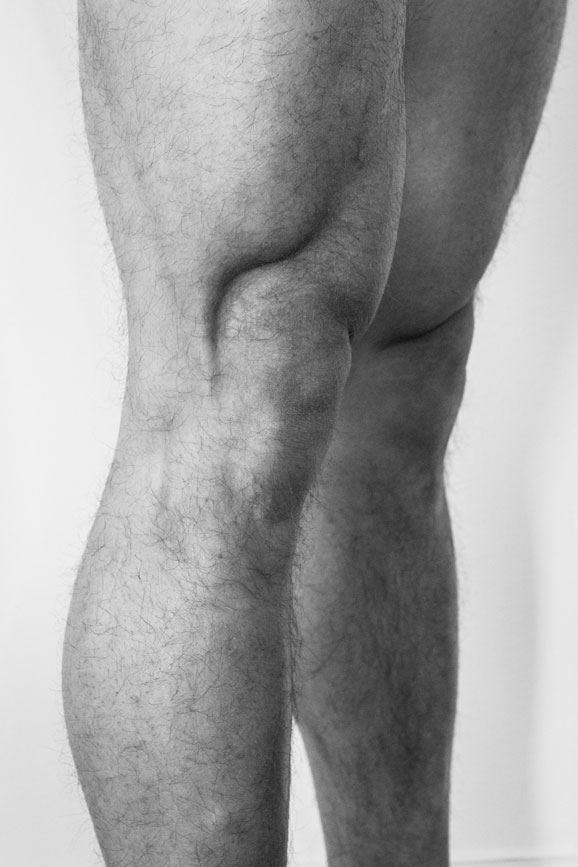Snapping Scapula Syndrome – What Is It?
Snapping scapula syndrome (SSS) is a broad classification that medical professionals use to identify and triage any snapping or rubbing of the shoulder blade (scapula) on the structures and tissues beneath it (the thorax) with upper limb movements. The “snapping” may or may not be painful, often feeling like a block in arm movements. Funnily enough, you may even feel as though you need to “crack” your shoulder for some relief It generally is accompanied with a general feeling of uneasiness, weakness, pain at times and instability in the shoulder joint. This is not to be confused with snapping and rubbing at the shoulder joint, although can be mistaken for one another.
This post will give you a brief understanding of what SSS is, its causes, the anatomy and ways physiotherapy can help to manage symptoms.
Causes of Snapping Scapula Syndrome:
This is thought to either occur due to:
- Changes on the slopes and curves of the scapula or,
- Weakness and loss of control in the stabilisers of the shoulder ie rotator cuff
- Scapular nerve palsy/lesion
- Rib fractures
- Boney growths on the ribs or scapula
- Atrophy of subscapular muscles
- Swelling
- Increased scar tissue on the inner border of the scapula
- Bursitis of the bursa under the scapula
Understanding the the scapulothoracic joint
The scapulothoracic joint is a little different to other joints in the body. It is comprised of the scapula and the rib cage, and functions to allow the shoulder blade to slide and rotate along the rib cage to allow for positioning of the arm. This is known as scapulohumeral rhythm. Dysfunction of scapula movements not only impair shoulder movements but can also impair its movement across the ribs.
Movement of the scapula comes from the highly coordinated actions of the deep rotator cuff muscles and superficial muscles of the neck, shoulders and back. Failure to do so may place undue pressure on surrounding structures – namely the bursae underneath the scapula. With impaired motion, the scapula can compress these structures and irritate them resulting in pain, but also swelling which can further augment scapula motion.
Pain and swelling can result in muscle inhibition, or “switching off” of muscles. If these muscles are not used they atrophy, creating shoulder weakness and instability but also decrease the buffer between the ribs and the scapula, which can lead to more of that grinding.
It’s the whole chicken before the egg thing right?!
So how do we go about it ?
Addressing muscle imbalances.
This is where your physio is the person to chat to. The goals of physiotherapy to help you regain pain free range of motion in the shoulder by address the muscular weakness and motor control issues apparent with your movement pattern. The motor control side of things refers to how well your brain can co-ordinate muscle action (direction and amplitude) to produce movement. People who complain of this issue often go months or years before seeking help. So your body learns to adapt and not move so great allow the way.
Alongside that, physios are going to make sure that you’re rotator cuff muscles are strong, especially the ones on the front surface of the scapula like subscapularis and serratus anterior.
Physios can also enhance the ability of your scapula to rotate and glide across the the wall of your ribcage with some hands on manual therapy which can be great for freeing up your shoulder and relieving your symptoms.
What if it’s bone changes?
Your physio then may ask you to get an x-ray referral from your doctor. Especially if treatment isn’t getting much better. There are a number of case studies that report drastic changes in pain post surgery if boney changes are found on x-ray and are deemed to be contributing to the “clunking”. This can range from changes in the shape of your scapula to even potential rib fractures. Always good to be safe and know what exactly you’re dealing with !
Bottom line
There is a huge scope and variation when it comes to addressing the “snapping scapula”. What’s important is that you chat to someone in the health space you trust and stop suffering in silence. Understand treatment is not a sprint but a marathon and small changes in management can lead to big changes in the future. Educate yourself, enjoy the process and the small wins from your own hard work.
If this sounds like you or you’re know a friend with something that sounds like this, our doors at Pro-Form Physiotherapy are always open!
Written by:
Andy Pedrana
M.Phty, B.Ex.Sc





